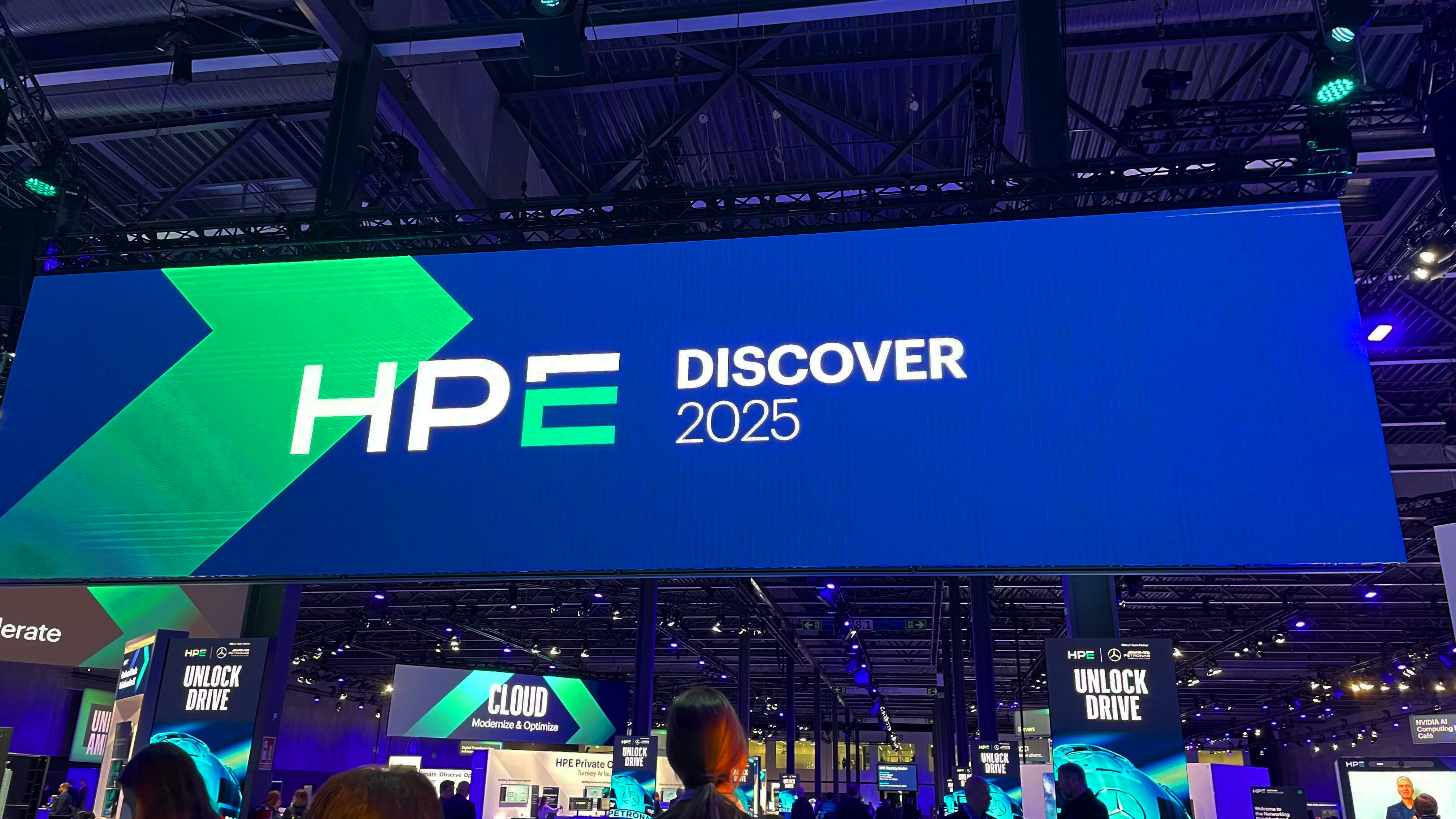HP ProLiant DL380 G6 server review
HP is a late arrival at the Xeon 5500 party and in this exclusive review we see whether the wait for the new sixth generation ProLiants was worthwhile.
HP’s sixth generation ProLiant DL380 builds on an already impressive reputation and delivers plenty of new features with power management and performance as key criteria. Storage potential is very good, power consumption is amongst the lowest we’ve seen for a 2U rack server and the sophisticated remote management tools now include some valuable dynamic power controls.

In single processor systems cooling is handled by four hot-swap fans, which are upgraded to six for dual processors. Sensors control fan speeds carefully and we were very impressed with the low noise levels as the review system was almost silent during testing.
For local and remote server management HP hasn't made the sweeping changes we've seen with Dell's new servers. The motherboard sports HP's trusty iLO2 chip, which offers a dedicated Fast Ethernet port at the rear and a tidy web interface, which provides plenty of control over the server.
You can reset the server, power it off and on and emulate pressing the power button and iLO2 provides tools for monitoring the status of the controller or server and viewing installed components. It offers full remote control and with the optional advanced feature key you get the power management tools. This adds manual power capping and graphs showing peak and average consumption.
HP's Insight Control Suite software delivers enhanced browser-based remote server monitoring. Any HP server with an Insight agent can be accessed remotely and it provides detailed reports on system operations, asset management, options to remotely upgrade firmware and the ability to set alerting thresholds on critical components. Most significantly, it introduces HP's dynamic power capping, which manages consumption across multiple servers so allowing more to be squeezed into your data centre by using the utility supply more efficiently.
Along with support for the Xeon 5500 Series of processors, HP's new DL380 G6 has a keen focus on power management. It offers an impressive storage capacity and expansion potential along with low power consumption and noise output whilst HP's management package is still one of the best on the market.
Verdict
HP’s sixth generation ProLiant DL380 builds on an already impressive reputation and delivers plenty of new features with power management and performance as key criteria. Storage potential is very good, power consumption is amongst the lowest we’ve seen for a 2U rack server and the sophisticated remote management tools now include some valuable dynamic power controls.
Chassis: 2U rack
Sign up today and you will receive a free copy of our Future Focus 2025 report - the leading guidance on AI, cybersecurity and other IT challenges as per 700+ senior executives
CPU: 1 x 2.4GHz E5530 Xeon
Memory: 6GB 1333MHz DDR3
Storage: 3 x 72GB HP SAS SFF 15K hard disks in hot-swap carriers
RAID: HP embedded Smart Array P410i with 256MB cache
Array support: RAID0, 1, 10, 5
Expansion: 3 x PCI-e slots (max 6)
Network: 4 x embedded Gigabit
Power: 1 x 460W hot-plug supply
Management: HP iLO2 with 10/100
Software: HP Insight Control Suite 3.1
Dave is an IT consultant and freelance journalist specialising in hands-on reviews of computer networking products covering all market sectors from small businesses to enterprises. Founder of Binary Testing Ltd – the UK’s premier independent network testing laboratory - Dave has over 45 years of experience in the IT industry.
Dave has produced many thousands of in-depth business networking product reviews from his lab which have been reproduced globally. Writing for ITPro and its sister title, PC Pro, he covers all areas of business IT infrastructure, including servers, storage, network security, data protection, cloud, infrastructure and services.
-
 Gender diversity improvements could be the key to tackling the UK's AI skills shortage
Gender diversity improvements could be the key to tackling the UK's AI skills shortageNews Encouraging more women to pursue tech careers could plug huge gaps in the AI workforce
By Ross Kelly Published
-
 Researchers claim Salt Typhoon masterminds learned their trade at Cisco Network Academy
Researchers claim Salt Typhoon masterminds learned their trade at Cisco Network AcademyNews The Salt Typhoon hacker group has targeted telecoms operators and US National Guard networks in recent years
By Emma Woollacott Published
-
 HPE says unified channel strategy won't force Juniper partners to generalize
HPE says unified channel strategy won't force Juniper partners to generalizeNews Does the company embrace specialists or want a full portfolio push? The answer, it seems, is both
By Jane McCallion Published
